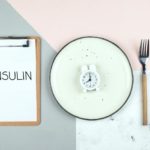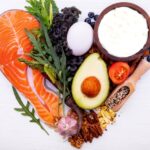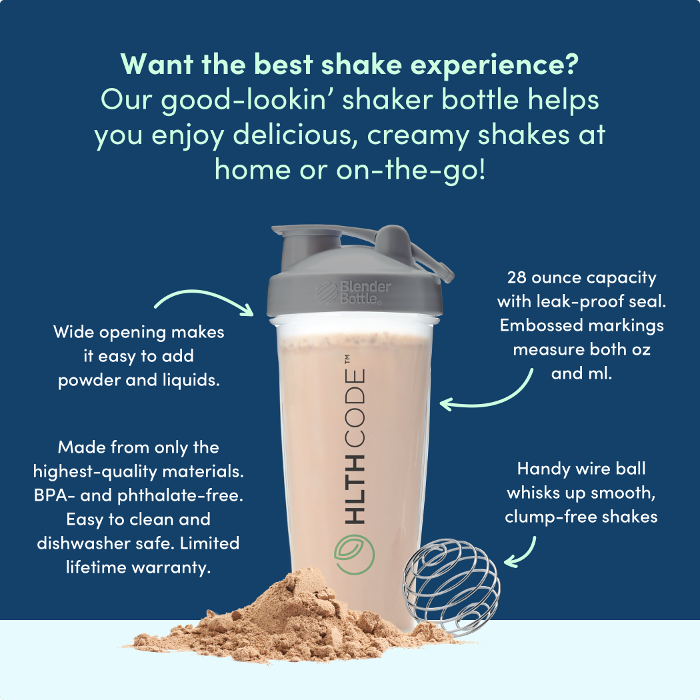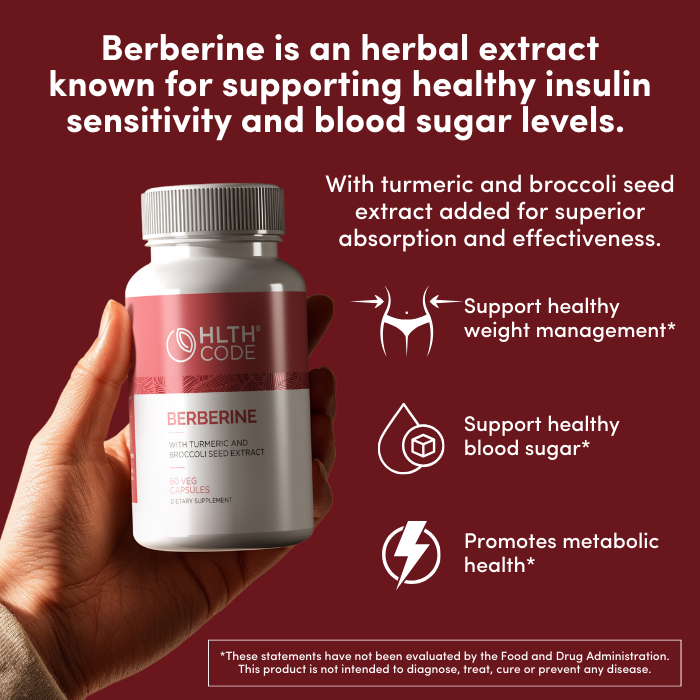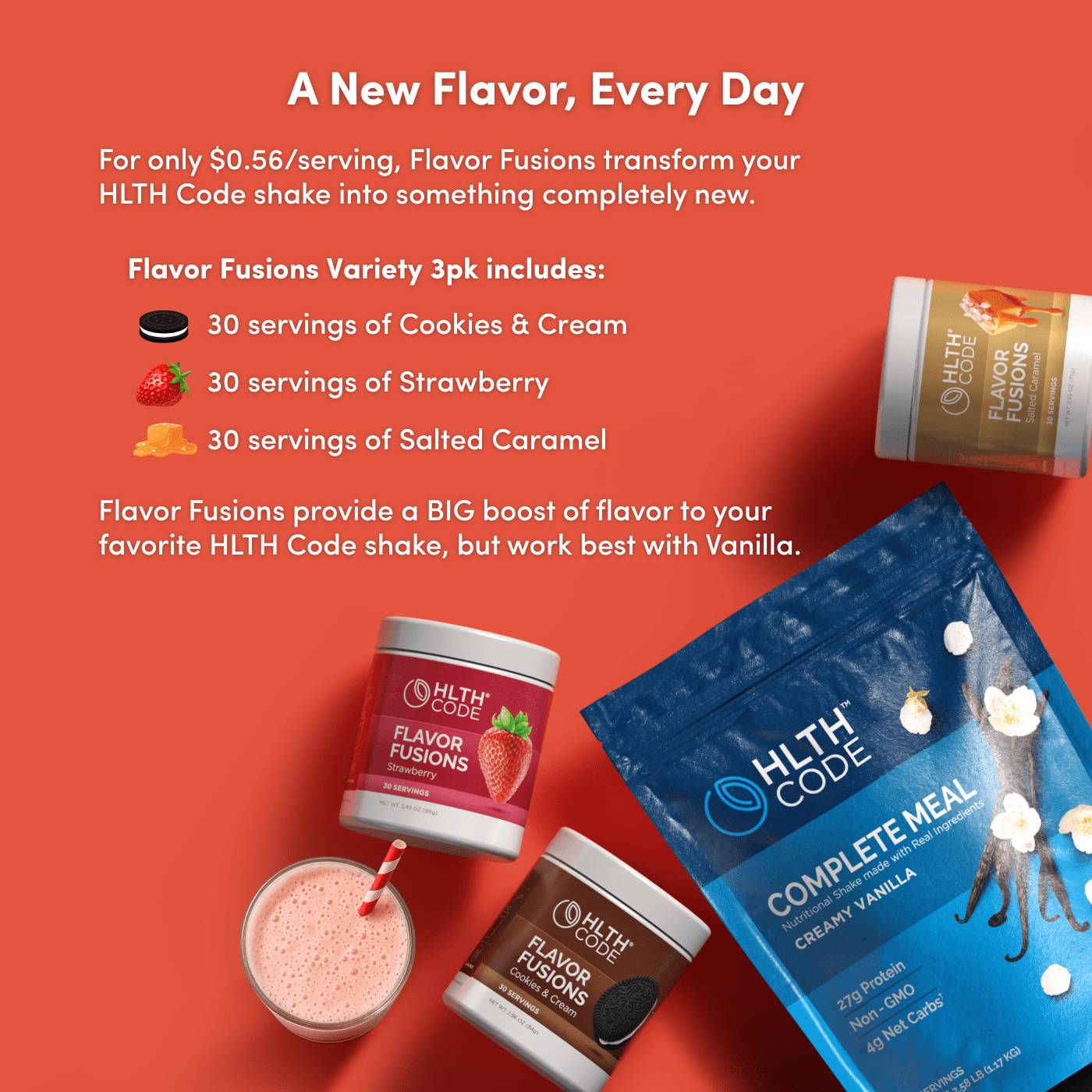Cholesterol to the rescue

Cholesterol is a molecule of life—every cell in the body makes it and every cell in the body needs it. But for a molecule that is so essential, cholesterol certainly has a bad reputation. In fact, that’s often the only side of cholesterol we hear about. Well, if cholesterol is being judged in the court of public opinion, I’m here to defend it! Far from being a villain, cholesterol is actually a hero!
Cholesterol saves the cell
Cholesterol is an essential component in every cell, making up a meaningful amount of the “stuff” that constitutes the membranes of our cells [1]. Cell membranes are the walls around the home of the cell, protecting the contents within the cell and controlling the movement of things in and out of the cell (like nutrients, metabolites, hormones, etc.). Without cholesterol, the cell membrane becomes too fragile, making the cell weaker and more likely die [2]. One of the ways our bodies continue to function in this challenging world is by cells replicating—they create new versions of themselves to ensure that tissues (i.e., muscle cells in muscle, hepatic cells in the liver, etc.) work optimally. Cholesterol is so essential to cell membranes, that if the body doesn’t have enough, this process of making new cells, called mitosis, can’t happen [3]. The end result of this would be that tissues can’t keep up with replacing old cells and essentially fall apart.
Cholesterol saves hormones
The endocrine system is one of the most essential and delicate processes in the body wherein some cells create and release molecules that are sent into the blood as a way of telling cells in other parts of the body what to do. It’s almost like the postal service—a cell in one part of the body sends a message to a cell in another part of the body. These messages are hormones—the signals between cells. Because there are so many hormones in the body, it’s not surprising that there are several different types or families of hormones. This includes hormones that are built from modified amino acids (e.g., thyroid hormone), peptides (e.g., HGH), and some very, very important hormones built from cholesterol. That’s right—cholesterol is the literal building block for some of the most essential hormones in the body; our cells take a cholesterol molecule and use it to create certain hormones. These include hormones that regulate three vital processes: sugar, salt, and sex.
1. Sugar: By “sugar”, I mean blood sugar or, more accurately, blood glucose. The body must keep glucose in a fairly narrow range—if it goes too low, the brain “shuts off”, but if it goes too high, we damage nerves and blood vessels, and lose so much body water that we can’t keep blood going up to our brain, and, once again, it “shuts off”. To help ensure that blood glucose doesn’t go too low, cholesterol turns into a hormone called cortisol, one we’ve all heard about. I know cortisol, like cholesterol, has a bad reputation, but make no mistake: we need it. Without it, our blood glucose levels would always be in danger of going so low as to kill us.
2. Salt: So much of our nutritional focus is on the macronutrients (i.e., carbs, proteins, fats), but the micronutrients are just as essential. This includes minerals, like sodium and potassium. We must have these minerals kept at specific levels in order for cells to work. A cell like a neuron or a muscle cell can’t do their jobs unless these minerals, also known as electrolytes, are at the proper amounts in and out of the cell. We have a hormone called aldosterone that helps keep these electrolytes at normal levels; without aldosterone, these electrolytes would quickly get out of control and, frankly, we’d die pretty quickly. Wrong levels of electrolytes means death. Once again, cholesterol is the building block—our bodies take a cholesterol molecule and converts it into aldosterone, thereby insuring electrolytes are able to do their jobs.
3. Sex: In men and women, sex hormones not only determine how we look, but they also determine fertility (and much more!). The main producers of sex hormones, including the estrogens (i.e., “female hormones”) and androgens (i.e., “male hormones”), are the gonads, namely ovaries and testes. Interestingly, all estrogens were once androgens; this is in men and women—women simply convert more androgens into estrogens than men do. The vital building block to all of these sex hormones is cholesterol. The gonads take a cholesterol molecule and modify it to create all of the sex hormones. Without this conversion and the absence of sex hormones, the human species (and all other animals!) would not exist.
Cholesterol saves Vitamin D
Vitamin D plays many roles in the body, including managing bone health [4] and improving immune function [5]. In fact, people with naturally high levels of vitamin D can dramatically reduce the risk of viral infections [6]. While vitamin D can be taken as a pill or supplement, it’s also synthesized within our bodies through a fascinating processes that requires…you guessed it, cholesterol. The creation starts in the skin. When exposed to UV radiation, such as the sun, cholesterol is converted into an early form of vitamin D. So there are two essential components with vitamin D—adequate sun exposure and sufficient cholesterol. Without either, vitamin D levels plummet and the body suffers.
Cholesterol saves the Immune System
One of the most overlooked yet important aspects of cholesterol and the molecules that transport them through the blood is the role they play in maintaining proper immune function. Optimal immunity relies on numerous variables, but having an adequately high cholesterol level appears to be an essential part. In addition to transporting cholesterol through the body, cholesterol carriers also have the ability to bind and transport infectious bacteria to get removed from the body [7]. This is most certainly part of the reason for incredible loss of immunity that comes from low cholesterol. To be precise: people with the lowest cholesterol levels are five times more likely to suffer life-threatening infections [8].
Cholesterol saves the Brain
Our brains are…fat. Over half of the substance of our brains is made from fat, and cholesterol, a fatty molecule, is a primary component. The brain uses cholesterol for countless purposes, including sending signals along neurons, passing chemicals signals from one neuron to another, keeping the memory/learning center working well, and many more. This is very likely why low cholesterol levels make neurological problems much more likely. Indeed, people with the highest cholesterol levels appear to be half as likely to develop Alzheimer’s disease as people with low cholesterol [9].
Cholesterol…hurts the heart?
With all this talk of cholesterol being a hero, you’re likely waiting for the rest of the story; the part where the hero turns bad. After all, heart disease is the leading cause of death in most countries, and the prevailing theory is that cholesterol in the blood leads to plaques in blood vessels, ultimately leading to a heart attack. Because of this theory, we are told to avoid eating saturated fat, insofar as it may increase cholesterol levels in some people, though this is far from a universal finding [10]. And if saturated fat caused heart disease, eating more should increase heart disease. Much to the chagrin of advocates of this view, there are simply too many studies to refute the theory. The most compelling evidence comes from two very large, very long, and very expensive studies that split people into two groups: one group eating saturated fat and another group eating polyunsaturated fats. This latter group represents the favored view of dietary fat because polyunsaturated fats may lower cholesterol in some people. However, the story didn’t quite go as planned. In one of the studies, the saturated fat-eating group did indeed have higher cholesterol levels, but there was no difference in heart disease deaths and a general reduction in death from any other cause [11]. In fact, they found that for every 30 mg/dl drop in cholesterol, the overall risk of dying went up by 22%! In the other study, the results were similar—no real differences between the groups in deaths, though the group eating the least saturated fats tended to have higher rates of heart disease [12].
Take-away Thoughts
With all of these vital roles for cholesterol, it’s not surprising that bad things happen when a person’s cholesterol levels get too low. So rather than fearing saturated fat and the possible cholesterol changes that may come from it, we need to acknowledge that humans have been eating saturated fats since the beginning—it’s a fat that abounds in nature and the animal and fruit fats (e.g., coconut, olive, avocado) that humans have enjoyed for millennia.
References
1 Krause, M. R. and Regen, S. L. (2014) The structural role of cholesterol in cell membranes: from condensed bilayers to lipid rafts. Acc Chem Res. 47, 3512-3521
2 Subczynski, W. K., Pasenkiewicz-Gierula, M., Widomska, J., Mainali, L. and Raguz, M. (2017) High Cholesterol/Low Cholesterol: Effects in Biological Membranes: A Review. Cell Biochem Biophys. 75, 369-385
3 Fernandez, C., Lobo Md Mdel, V., Gomez-Coronado, D. and Lasuncion, M. A. (2004) Cholesterol is essential for mitosis progression and its deficiency induces polyploid cell formation. Exp Cell Res. 300, 109-120
4 Holick, M. F. (1996) Vitamin D and bone health. The Journal of nutrition. 126, 1159S-1164S
5 Hewison, M. (2011) Vitamin D and innate and adaptive immunity. Vitam Horm. 86, 23-62
6 Ali, N. (2020) Role of vitamin D in preventing of COVID-19 infection, progression and severity. J Infect Public Health. 13, 1373-1380
7 Wurfel, M. M., Kunitake, S. T., Lichenstein, H., Kane, J. P. and Wright, S. D. (1994) Lipopolysaccharide (LPS)-binding protein is carried on lipoproteins and acts as a cofactor in the neutralization of LPS. The Journal of experimental medicine. 180, 1025-1035
8 Shor, R., Wainstein, J., Oz, D., Boaz, M., Matas, Z., Fux, A. and Halabe, A. (2007) Low serum LDL cholesterol levels and the risk of fever, sepsis, and malignancy. Ann Clin Lab Sci. 37, 343-348
9 Ding, D., Zhou, F., Cao, Y., Liang, X., Wu, W., Xiao, Z., Zhao, Q. and Deng, W. (2021) Cholesterol profiles and incident cognitive decline among older adults: the Shanghai Aging Study. Age and ageing. 50, 472-479
10 Volek, J. S., Sharman, M. J. and Forsythe, C. E. (2005) Modification of lipoproteins by very low-carbohydrate diets. The Journal of nutrition. 135, 1339-1342
11 Ramsden, C. E., Zamora, D., Majchrzak-Hong, S., Faurot, K. R., Broste, S. K., Frantz, R. P., Davis, J. M., Ringel, A., Suchindran, C. M. and Hibbeln, J. R. (2016) Re-evaluation of the traditional diet-heart hypothesis: analysis of recovered data from Minnesota Coronary Experiment (1968-73). BMJ. 353, i1246
12 Ramsden, C. E., Zamora, D., Leelarthaepin, B., Majchrzak-Hong, S. F., Faurot, K. R., Suchindran, C. M., Ringel, A., Davis, J. M. and Hibbeln, J. R. (2013) Use of dietary linoleic acid for secondary prevention of coronary heart disease and death: evaluation of recovered data from the Sydney Diet Heart Study and updated meta-analysis. BMJ. 346, e8707
This article is for informational and educational purposes only. It is not, nor is it intended to be substitute for professional medical advice, diagnosis, or treatment and should never be relied upon for specific medical advice.



